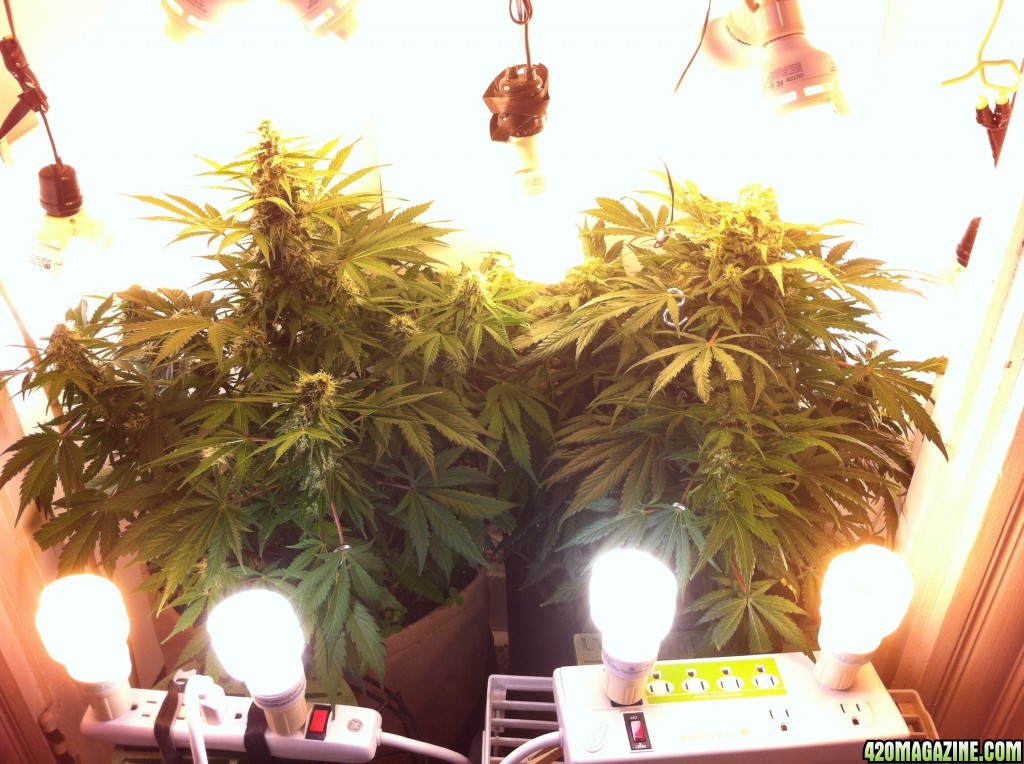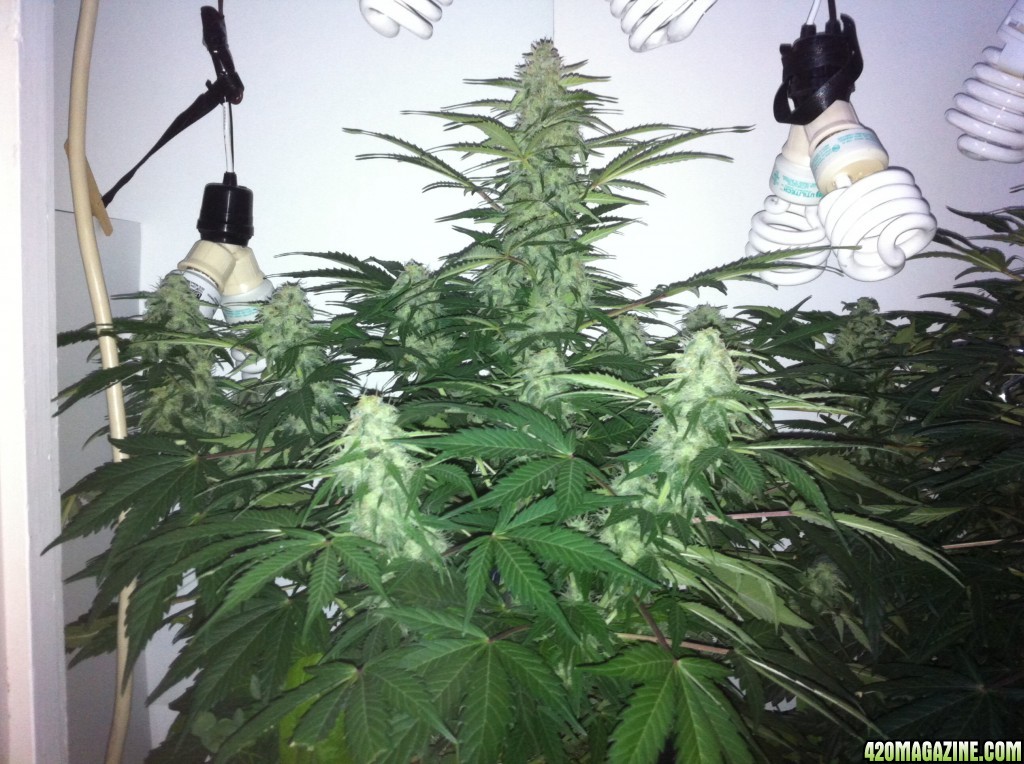Making an Enzyme Tea
The soil must be maintained. Part of that maintenance is to regularly apply an Enzyme tea to more easily facilitate the chemical reactions that must occur for a smoothly operating soil community.
Enzymes are biological molecules (proteins) that act as catalysts (a substance that causes a chemical reaction to happen more quickly) and help complex reactions occur. We want the micro organisms to be able to break down all those nice minerals we loaded the soil with.
It turns out malted barley is a prime choice for this process. It's loaded with valuable enzymes and is already sprouted under rigorous standards. All you need to do is grind it up, bubble for at least four hours, amend and apply to the soil.
So let's get started, shall we?
First up - grind some malted barley grain. I bought this grinder last week knowing I needed one for grinding up garden things, $20 from Target'. I only need a quart for each plant, so let's start with a little less than a tablespoon.
Grind it up to a fine powder, or as close to powder as you can get. Maybe I need to grind a larger quantity and have it ready to go.
Into the bubbling pitcher with about a quart of water (chloramine free).....
..... drop in the air stone and bubble away. Leave it for at least four hours.
My basic recipe is gleaned from a post by Clackamas Coots on BlueJay's no-till journal.
Basic Enzyme Tea
- 1 oz. malted barley grain per gallon enzyme tea
- grind to powder
- add to about 1/2 gal. water and bubble 4-24 hours
- add 2 tsp. kelp
- strain and drain into bucket or watering can
- fill with dechlorinated water for desired volume
- add 1/2 oz. per gallon Ful-Power + 1/4 c. Aloe vera juice
- drench the soil
Gather up the supplies for the next stage - straining and amending the tea. A paint strainer will allow the greatest number of enzymes to pass through while still holding back the larger particles. Get out the aloe vera juice, the rehydrated kelp meal being stored in the back of the fridge and the fulvic acid (not shown here).
Strain the particulates out. These ended up being buried into the worm bin. Last time I was in there I topped everything off with some moist shredded newspaper and it made me smile to see worms all up and in there.
Add kelp. I figure about 1 tsp. should do it. Kelp is a superior additive to the garden for the Gibberellins you find in it. According to Wikipedia, "Gibberellins (GAs) are plant hormones that regulate growth and influence various developmental processes, including stem elongation, germination, dormancy, flowering, sex expression, enzyme induction, and leaf and fruit senescence."
Somewhere around 2.5ml of Ful-Power. I need to find out how much this is in tsp.
About 1/8 cup of Aloe Vera juice.
Top it off with enough water to make a half gallon total. I used a long chopstick to give it all a nice stir to get the kelp all mixed in. Into the living room and apply to the pots. I'm pretty sure they each got close to the same amount.
Happy, healthy plants. How will I know if they improve? We shall see.
This was crazy exciting.




















 things look very nice and everythings still green a bud still growing
things look very nice and everythings still green a bud still growing  good stuff for not so much light. how many watts u running? i like the organics ur giving them and the soil toppings. i need to get my hands on some guano, kelp meal and the likes
good stuff for not so much light. how many watts u running? i like the organics ur giving them and the soil toppings. i need to get my hands on some guano, kelp meal and the likes 













 - though the brix tests always fascinated me. I want to try those some day.
- though the brix tests always fascinated me. I want to try those some day.  I imagine it would be a very close victory even if one stood out as best in flavor and potency. I think all are doing something very right. Staying organic is pivotal to me.
I imagine it would be a very close victory even if one stood out as best in flavor and potency. I think all are doing something very right. Staying organic is pivotal to me.